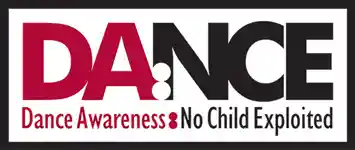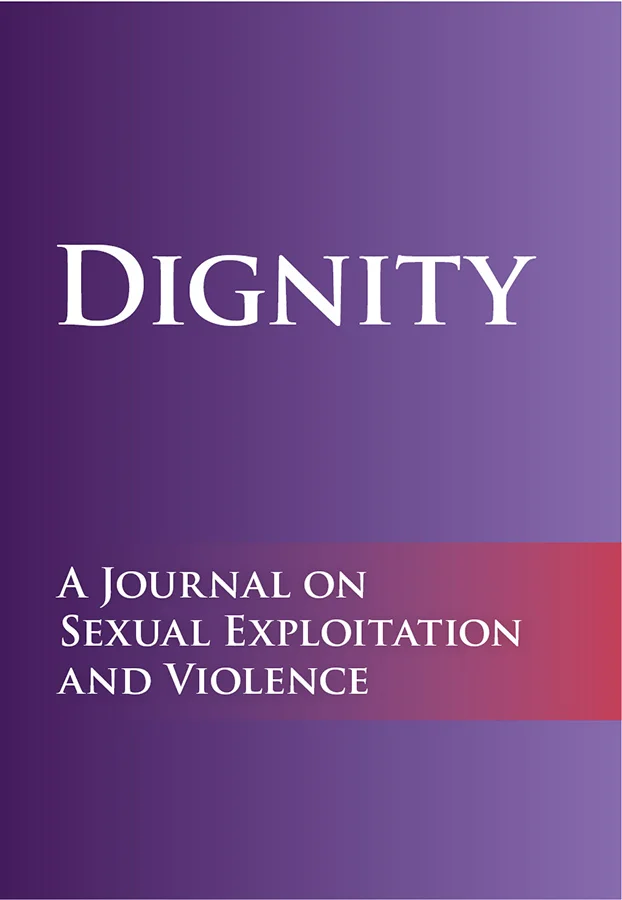Introduction:
As a father and a counselor, I have noted that the world of children’s dance has become a disconcerting arena where innocence often collides with adult themes—things like costumes, choreography, and music. For years I have had a growing concern about the hypersexualization of children’s dance, I’ve worried about the impact on the child dancers’ mental, psychological, and emotional well-being. In this article, we delve into this issue through the lens of a concerned father and an addiction counselor, examining the potential consequences and offering insights into fostering a healthier environment for our children.
The Allure of Adult Costumes:
One of the first aspects that caught the eye of this concerned parent was the use of adult costumes in children’s dance performances. I was careful to find instructors I trusted and programs that did not “overemphasize” performances or recitals. My wife and I looked for programs that taught skills but maybe had a single recital at the end of a term for the family to enjoy and revel in the dancers’ skill development. Due to the circumstances of my life, we moved and were unable to find programs in the new locations that met our requirements. What was once a platform for children to express themselves and build confidence has taken a turn towards imitating adult styles, often emphasizing provocative designs and revealing attire. As a father, I could not witness my child adorned in costumes reminiscent of the adult entertainment industry and be okay with it. However, I never felt I could raise questions about the appropriateness of such choices due to what is assumed to be societal norms.
From a counseling perspective, the impact of these costumes on a child’s developing sense of self must not be underestimated. Children are highly impressionable, and exposing them to adult-themed attire can contribute to the erosion of their understanding of age-appropriate behavior and self-worth. This causes them to be “little adults” and often find their worth or sense of self when the adults around them praise them for being “so grown up” instead of focusing on the skills and healthy habits they are learning, and letting the kids be kids. It is crucial to strike a balance between allowing artistic expression and preserving the innocence of childhood, but that does not have to be a dichotic situation that mutually excludes the other side. However, on the other end of the spectrum, more and more adult entertainment is infantilizing in their portrayals that you get this weird position of adults acting childish and children acting adult-ish.
Choreography Beyond Their Years:
As a child, I briefly participated in dance and was eager to afford my own children the opportunity to dance. But as a father I grew concerned about the choreography of children’s dance routines now, it seems to me that they have also undergone a significant transformation, mirroring the mature movements found in adult performances. While it is essential for dance to evolve and challenge boundaries, it is equally crucial to consider the age-appropriateness of the choreography for children. As a father, I found myself grappling with the discomfort of either a) watching my child engage in movements that seem more suited to an older audience or b) seeing older classes and anticipating those same movements in the near future for my daughters.
From the perspective of an addiction counselor, the concern extends to the potential psychological implications of exposing children to movements that may be beyond their developmental readiness. Normalizing things in public that are more appropriate for more intimate one-on-one situations with a close, trusted intimate partner. Studies have shown that early exposure to age-inappropriate content can contribute to a desensitization that, in turn, may impact their relationships and self-perception later in life. Striking a balance between artistic expression and age-appropriate choreography is paramount to safeguarding the mental and emotional well-being of people (which starts in childhood).
The Influence of Adult Music:
As a parent, I am regularly disheartened by the choice of music in children’s dance routines that play a significant role in shaping the overall atmosphere of a performance. I get it there is some catchy music out there that is “easy” to dance to, however, the trend of incorporating adult-themed music into children’s routines is another cause for concern. As a father, I have not had many instances to deal with the juxtaposition of my child dancing to music with explicit lyrics or suggestive undertones, however I have experienced dance recitals and competitions that has me questioning the appropriateness of the choices made by dance instructors and event organizers.
From the standpoint of an addiction counselor, the potential impact of exposing children to explicit music cannot be ignored. Exposing someone to a harmful acid before they understand what it will do will not stop the acid from the decay it can cause. Music has a profound influence on emotions and behavior, and exposing young minds to adult themes through song lyrics may contribute to an accelerated desensitization. This, in turn, may affect their ability to form healthy relationships and make sound decisions in the future, and may further reinforce the desensitization as being normal.
Fostering a Healthier Environment:
As both a father and an addiction counselor, I believe the importance of fostering a healthier environment for children’s dance cannot be overstated. Educating parents, dance instructors, organizers and concerned adults open communication which is crucial in addressing these concerns and establishing guidelines for age-appropriate costumes, choreography, and music. Parents,through informed choice, must take charge and place their children into programs in line with their values. I believe that if the demand for age-appropriate and healthy expressions of dance grows there will be a response to fill that demand. I am under no delusion that it will be an immediate reaction. One needs to ask themself the question “is this worth the risk?” and then make the decision based on the information. They cannot just abdicate or not decide anything because the risks exist , it will just mean that they cannot prepare for them.
Dance studios and schools can play a pivotal role by prioritizing the well-being of the children in their care. Implementing age-appropriate curricula, providing parental involvement opportunities, and offering workshops on the potential impact of hypersexualization can contribute to a more conscious and responsible approach to children’s dance.
Conclusion:
In the world of children’s dance, hypersexualization through adult costumes, choreography, and music is a pressing issue that demands our attention. As a father, witnessing the potential erosion of innocence in my children’s dance experiences raises concerns about the long-term impact on their mental and emotional well-being. Simultaneously, as an addiction counselor, I am acutely aware of the potential negative consequences of exposing children to adult themes at such a formative stage in their development.
It is incumbent upon parents, dance instructors, and organizers to collaboratively address these concerns and work towards a more responsible and conscious approach to children’s dance. By fostering open communication, implementing age-appropriate guidelines, and prioritizing the well-being of our children, we can create an environment where artistic expression coexists harmoniously with the preservation of innocence, ensuring a brighter and healthier future for the next generation.
 Bio: Matthew Nalder is an accomplished professional in the field of psychology, equipped with a holistic approach to the discipline and a distinguished academic background. Holding a Master’s degree in Counseling Psychology, he has dual undergraduate degrees—one in Psychology and the other in Addiction and Mental Health—underscoring his commitment to a comprehensive understanding of the human psyche. With a primary focus on the well-being of children, adolescents, families, and couples, Matthew has accrued over a decade of invaluable experience, primarily devoted to working directly with children and youth. Matthew is registered with the Canadian Counselling and Psychotherapy Association (CCPA) as a Canadian Certified Counsellor (CCC). Beyond his professional endeavors, Matthew is a devoted father, tending to the needs and well-being of his own children, who span in age from 12 to 2 years old. His enduring marriage of over 13 years not only attests to his commitment to the values he espouses but also serves as a real-world testing ground for the techniques and knowledge he advocates for, offering a unique perspective and motivation in his professional journey
Bio: Matthew Nalder is an accomplished professional in the field of psychology, equipped with a holistic approach to the discipline and a distinguished academic background. Holding a Master’s degree in Counseling Psychology, he has dual undergraduate degrees—one in Psychology and the other in Addiction and Mental Health—underscoring his commitment to a comprehensive understanding of the human psyche. With a primary focus on the well-being of children, adolescents, families, and couples, Matthew has accrued over a decade of invaluable experience, primarily devoted to working directly with children and youth. Matthew is registered with the Canadian Counselling and Psychotherapy Association (CCPA) as a Canadian Certified Counsellor (CCC). Beyond his professional endeavors, Matthew is a devoted father, tending to the needs and well-being of his own children, who span in age from 12 to 2 years old. His enduring marriage of over 13 years not only attests to his commitment to the values he espouses but also serves as a real-world testing ground for the techniques and knowledge he advocates for, offering a unique perspective and motivation in his professional journey


